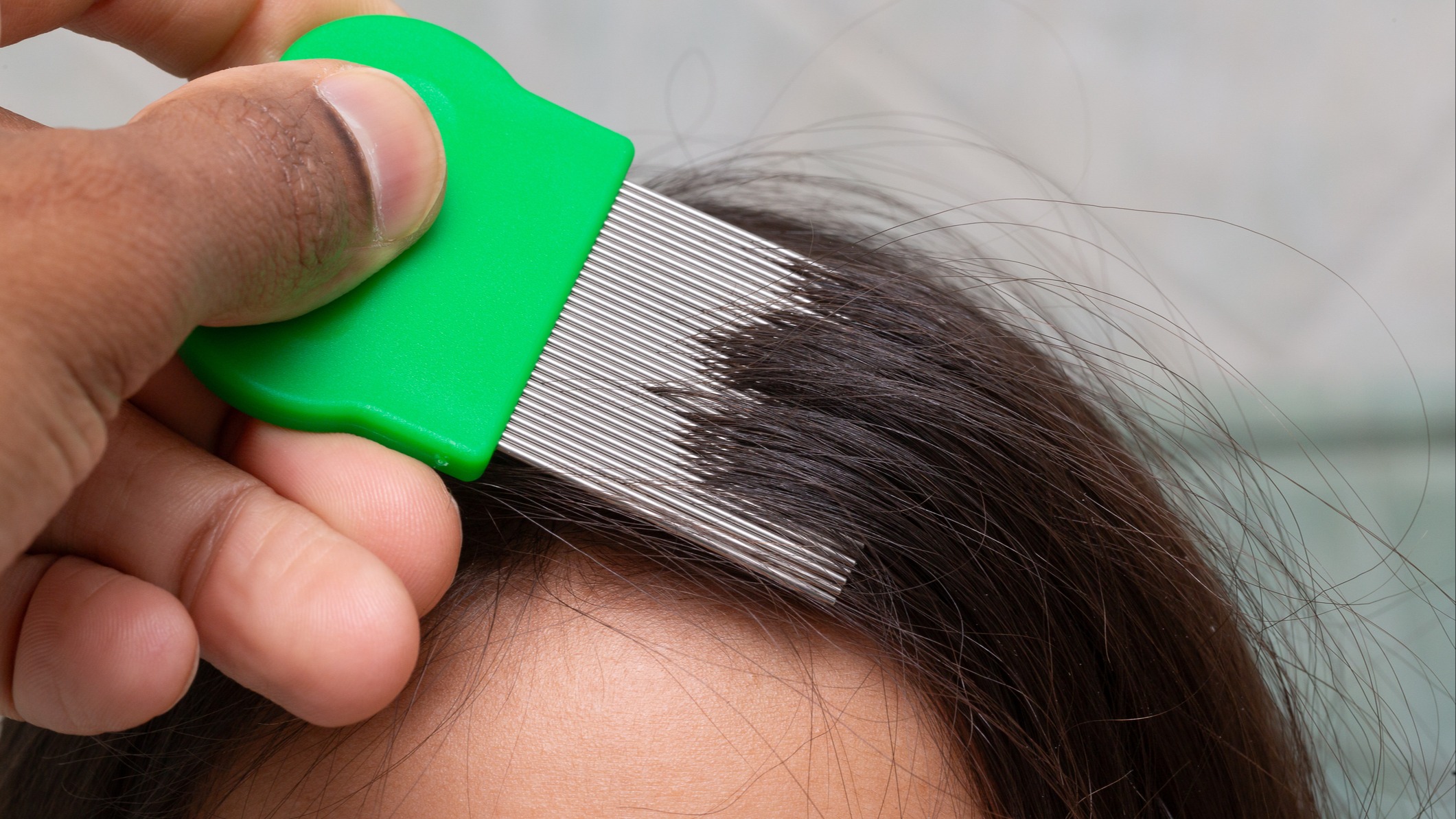
Head lice are making a comeback after the COVID-19 pandemic. Cases of head lice were down at the height of the pandemic when social distancing and isolation measures were in place, but now, cases are rising. In May 2024, Spectrum News reported that professionals who treat head lice are seeing more people come in with head lice. "We’re expecting a very busy summer," Sheila Fassler, founder of Pediatric Hair Solutions in North Carolina, told the outlet.
Although kids are not in school during the summer, summer camps and sleepovers are a common source of head lice, she pointed out.
Emily Gould recently wrote about head lice in an essay for The Cut. In the essay, she wrote about how her entire family got head lice. She thought she could treat it at home, but when that failed to eliminate the head lice, she made appointments at LiceBusters, a lice treatment service.
While talking to LiceBusters owner Daniel Harel, she found out about the recent (and unfortunate) uptick in head lice cases.
More from LittleThings: Theme Park Visitor Thought Being Stuck Upside Down On Ride Could Be 'End Of His Life'
"Lice, which had spent the pandemic as quietly quarantined as the rest of us, were now back in full force, and maybe worse than ever," Emily wrote in the essay.
She added that Daniel thinks the increase in cases could be because "many schools stopped hiring companies like his to come in and do lice checks on their students when school went remote and have only recently started back up again."
Other head lice treatment professionals have also seen an increase in people seeking treatment. Earlier in 2024, SILive.com reported that professionals treating head lice on Staten Island in New York were experiencing a "mad increase" in customers.
The Centers for Disease Control and Prevention warns parents that head lice is especially common among preschool and elementary school children.
Lena Gorelik, owner of Lice Free Noggins, told SILive.com that she thinks this is because "little kids, they don’t have personal space awareness at all, especially the littlest of the little ones."
It's estimated that there are 6 to 12 million cases of head lice every year in the US among children ages 3 to 11, according to the CDC.
Head lice is most often spread through head-to-head contact because lice crawl and do not jump or fly.
Though head lice are not often spread through indirect contact, it still can occur. This means that there is some risk of getting head lice from things like hanging jackets in the same place or using a pillow used by another person.
Daniel told Emily Gould that "normally, before COVID, about 5% of the school would have lice, but now we do some schools where 20, 30% of the school has lice. It’s gotten so bad."
While some might believe that getting lice is indication of bad hygiene, that is not actually the case, according to nurse practitioner Maegen Storm.
According to an article she wrote for Mayo Clinic, head lice will lay their eggs in clean hair, and getting head lice does not mean that your scalp or your environment is unclean.




